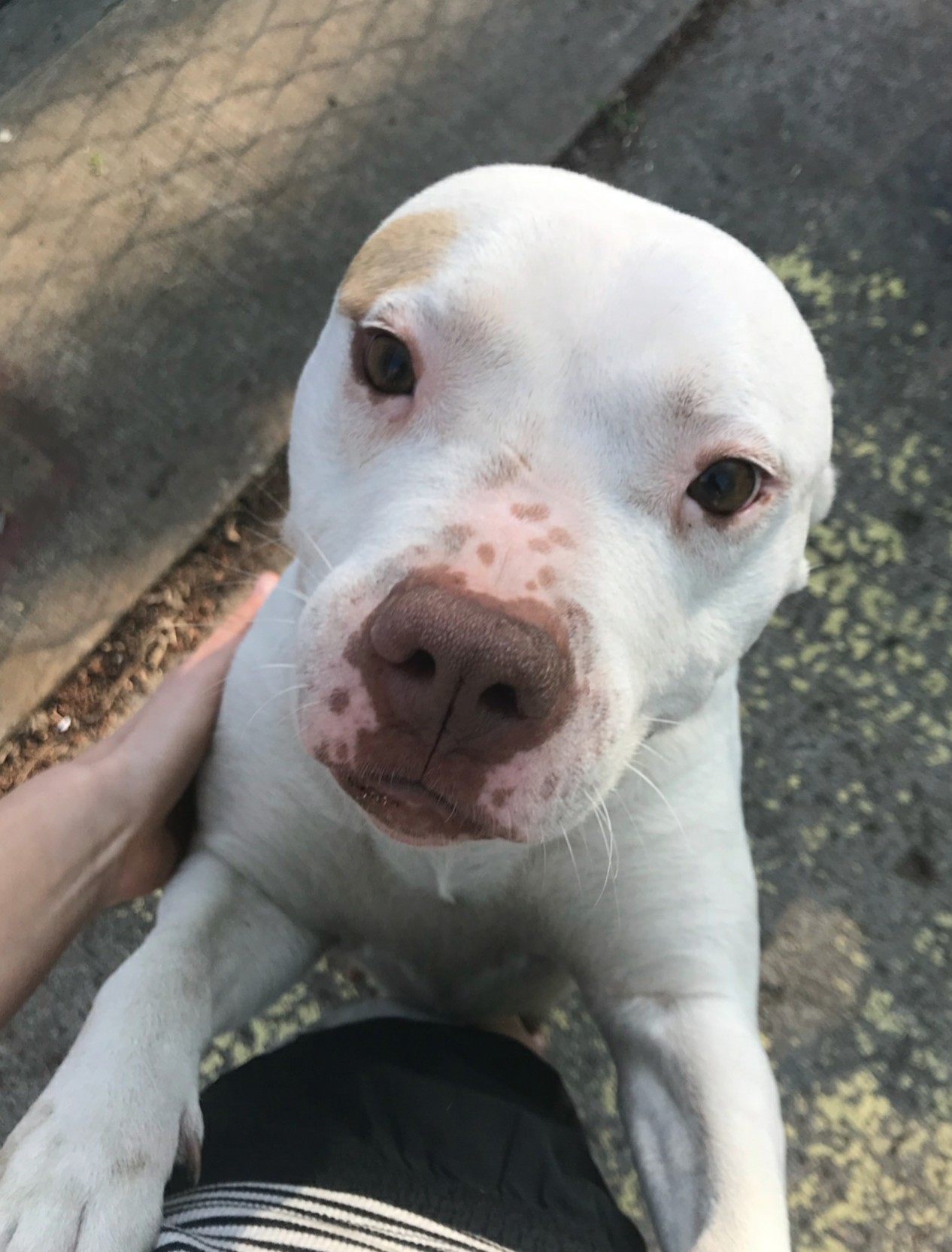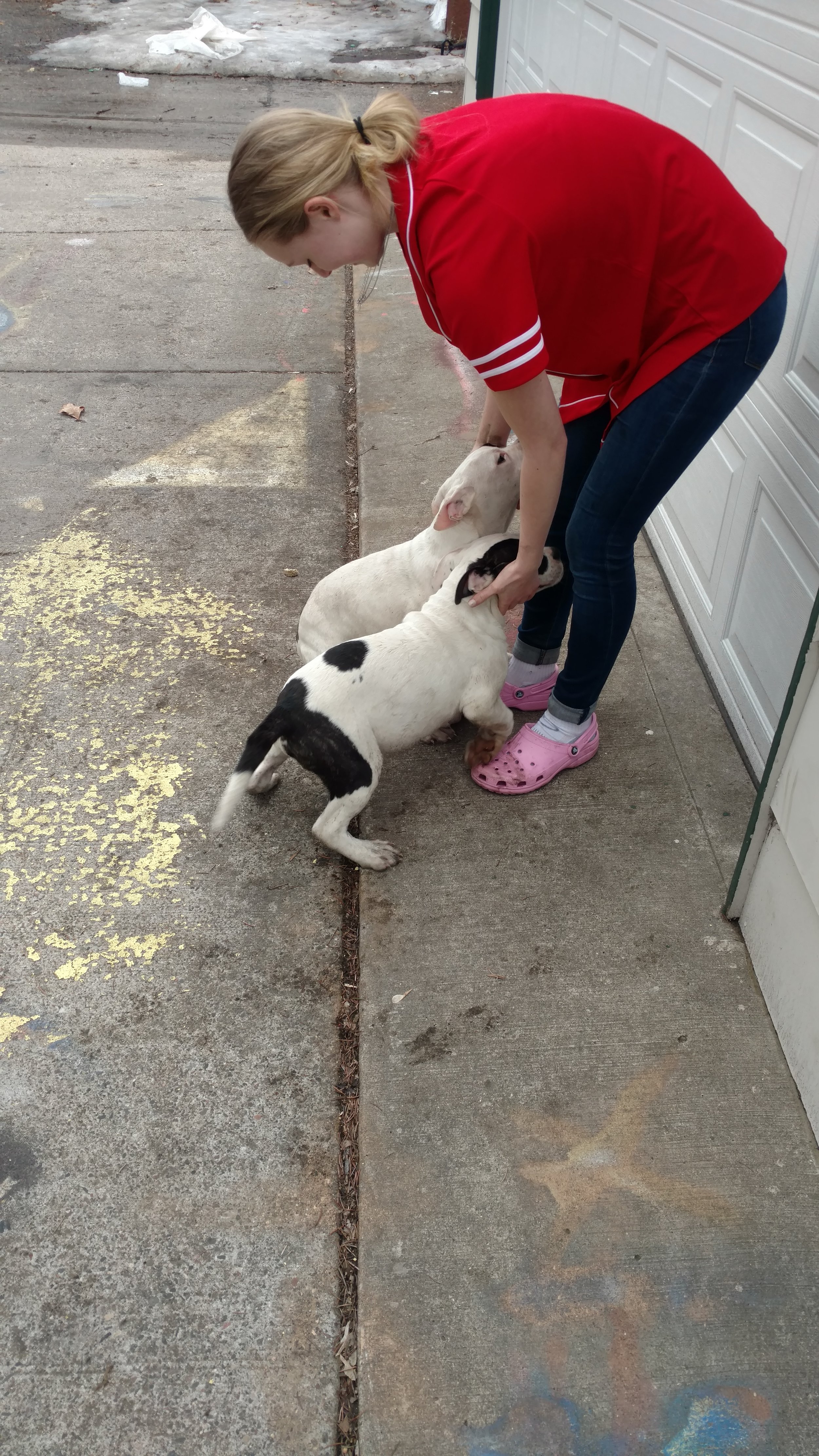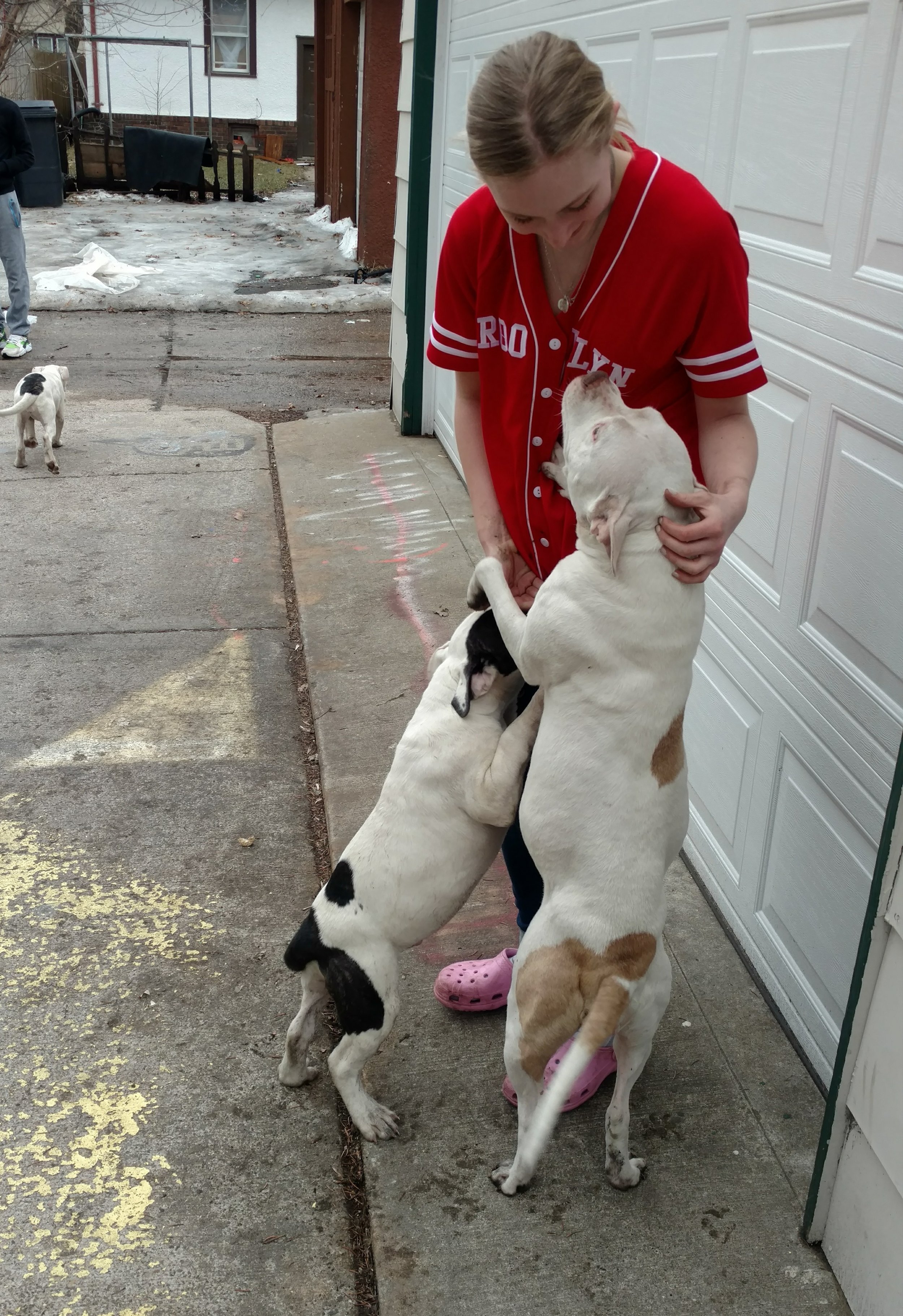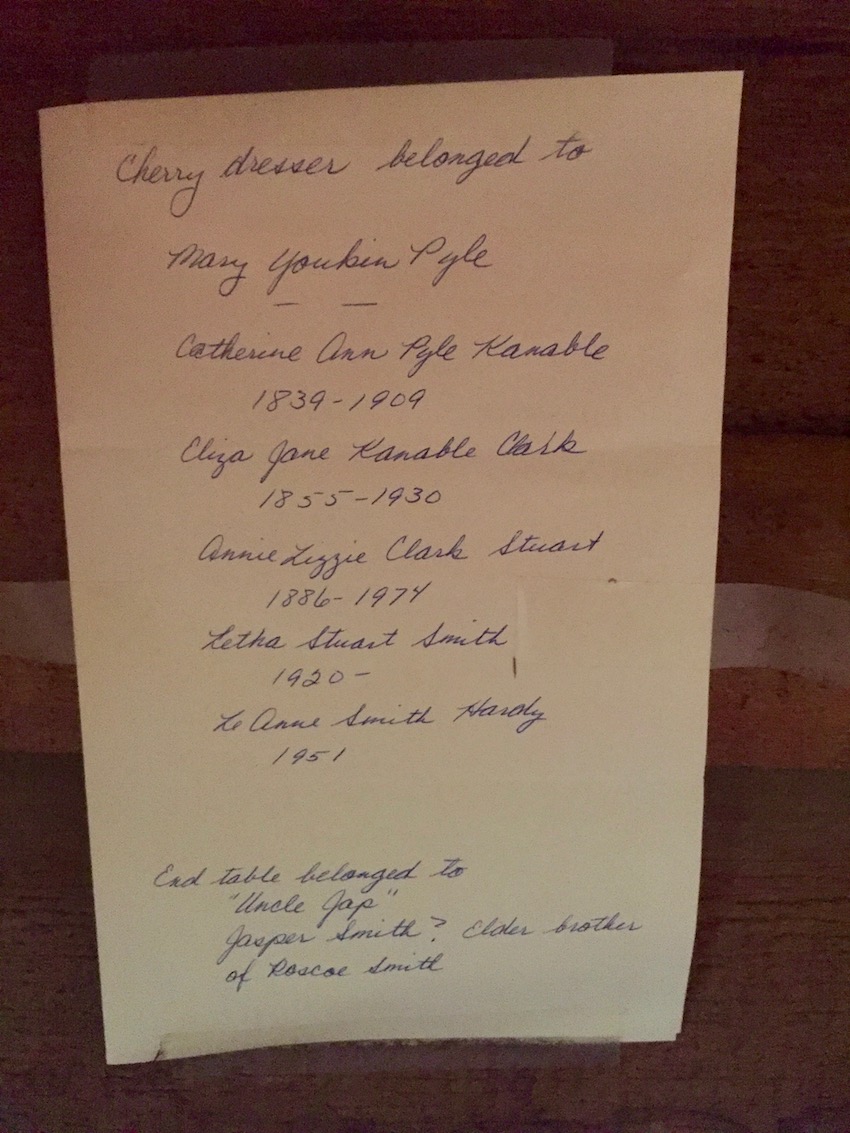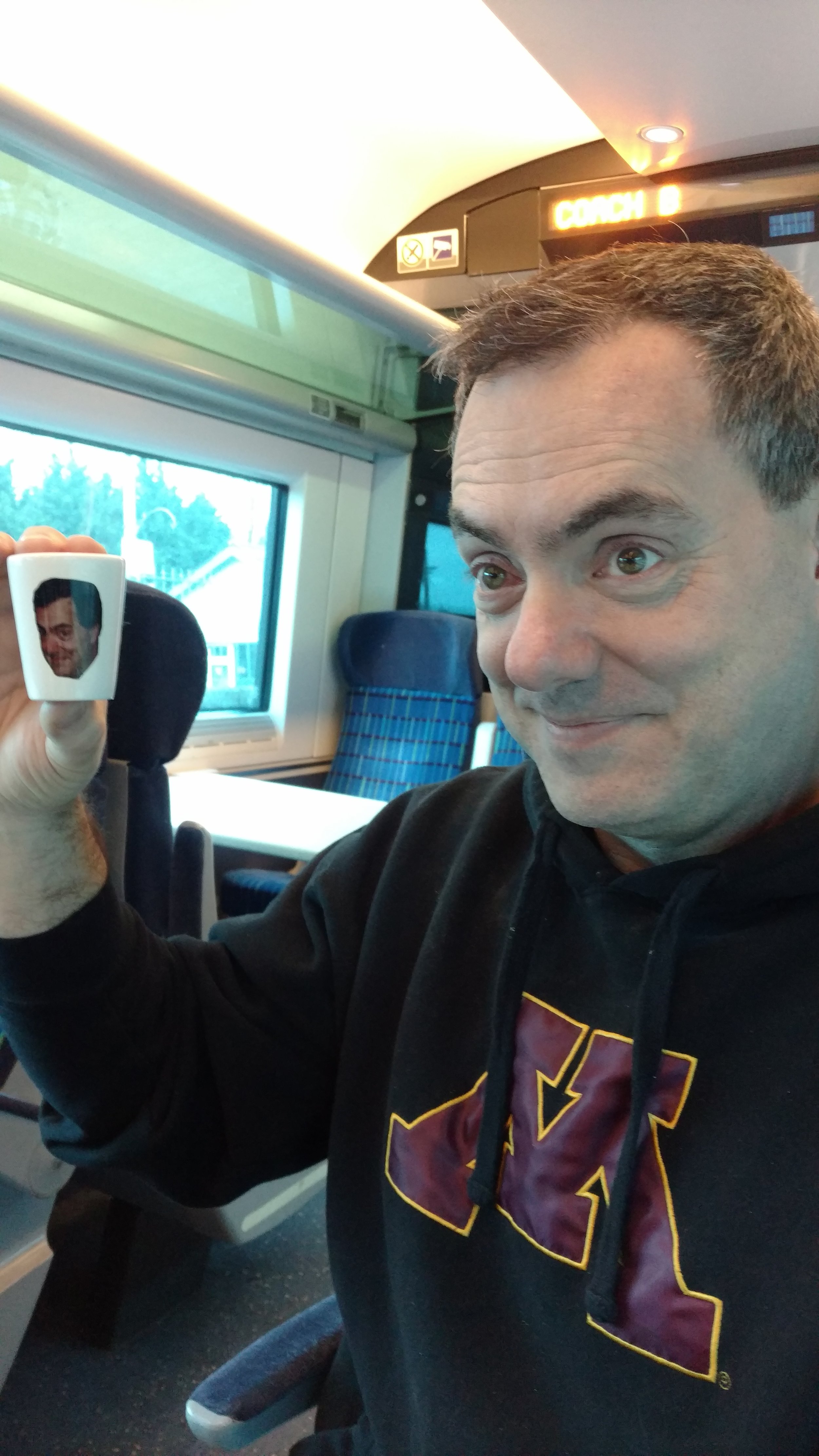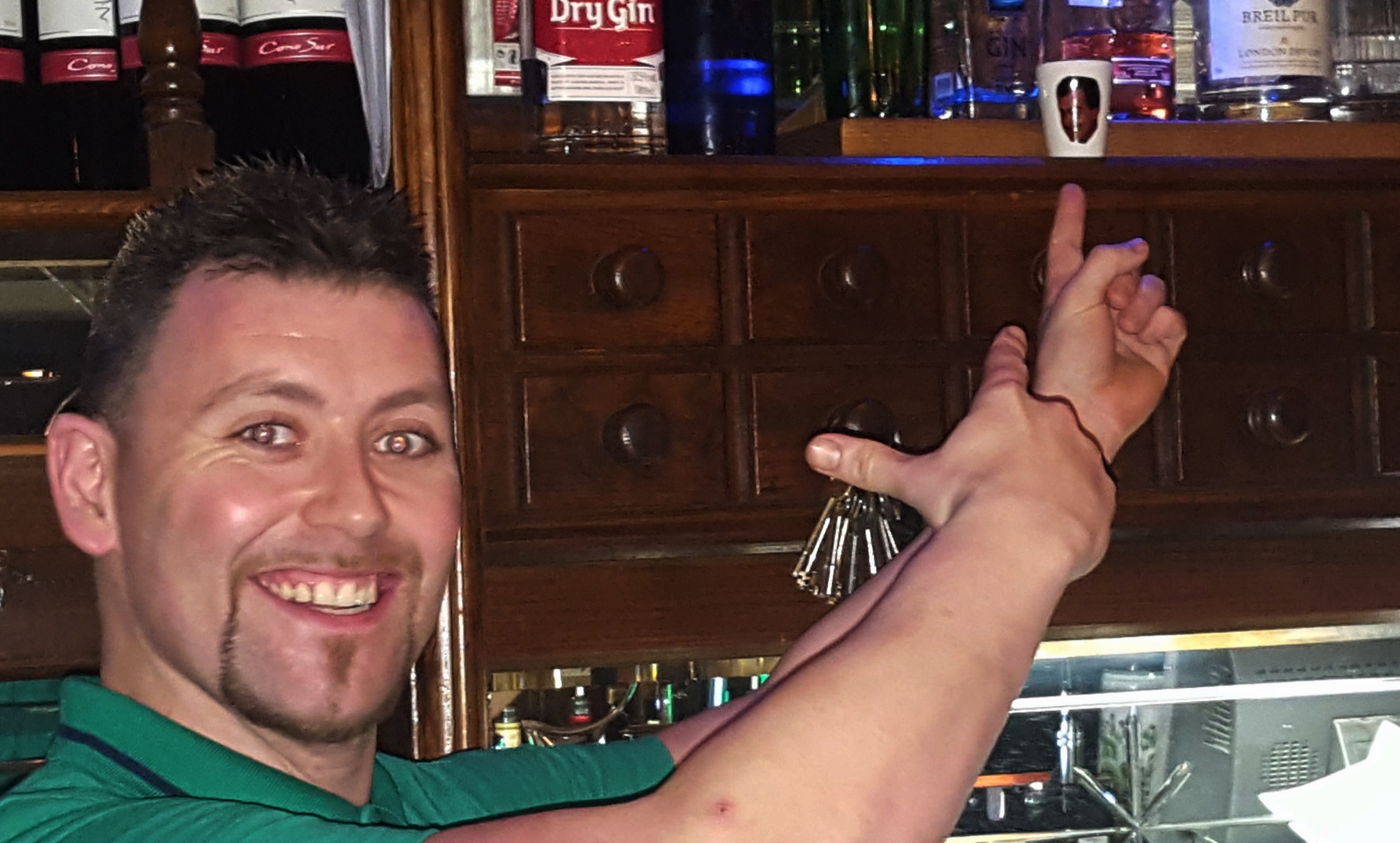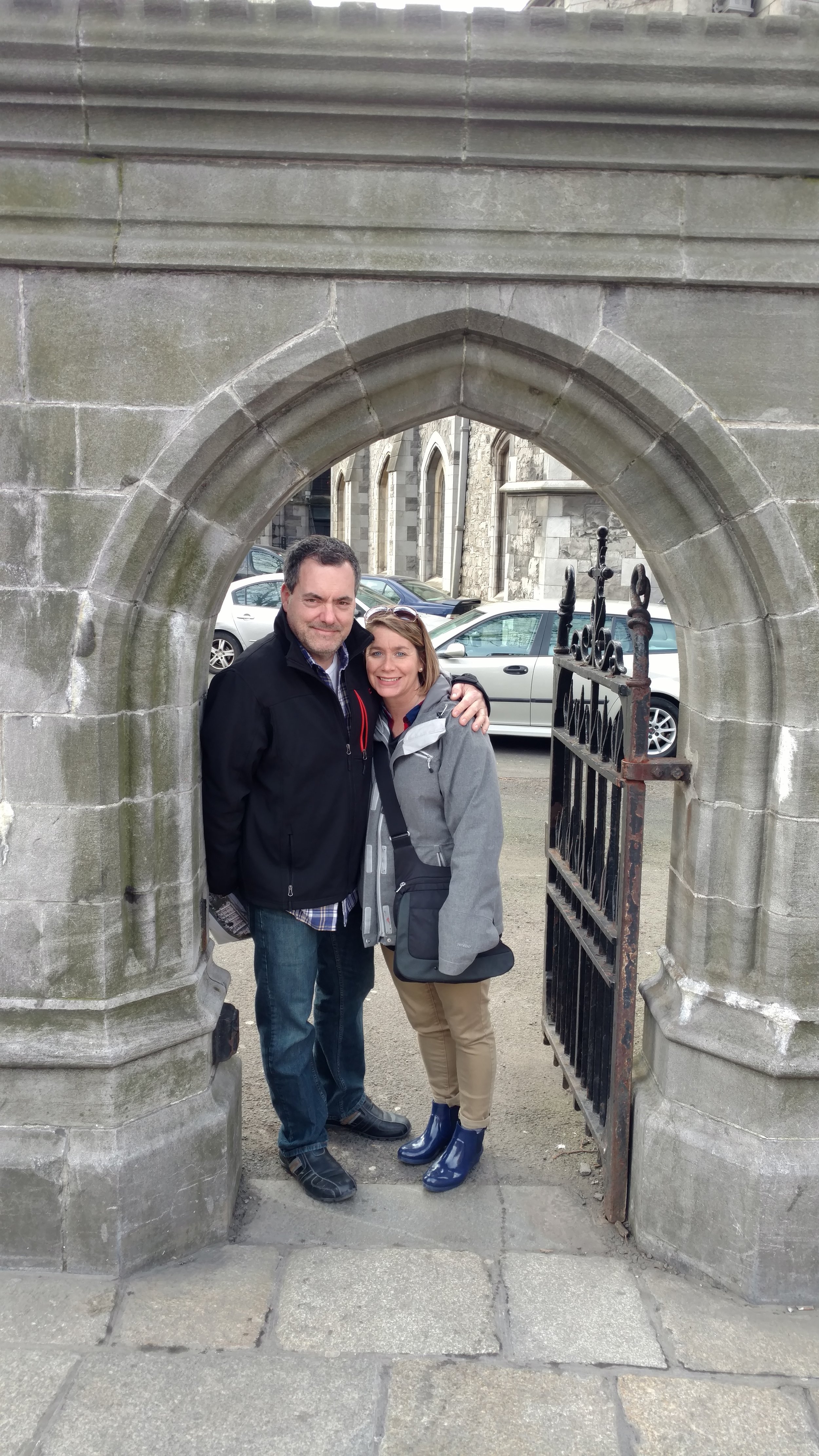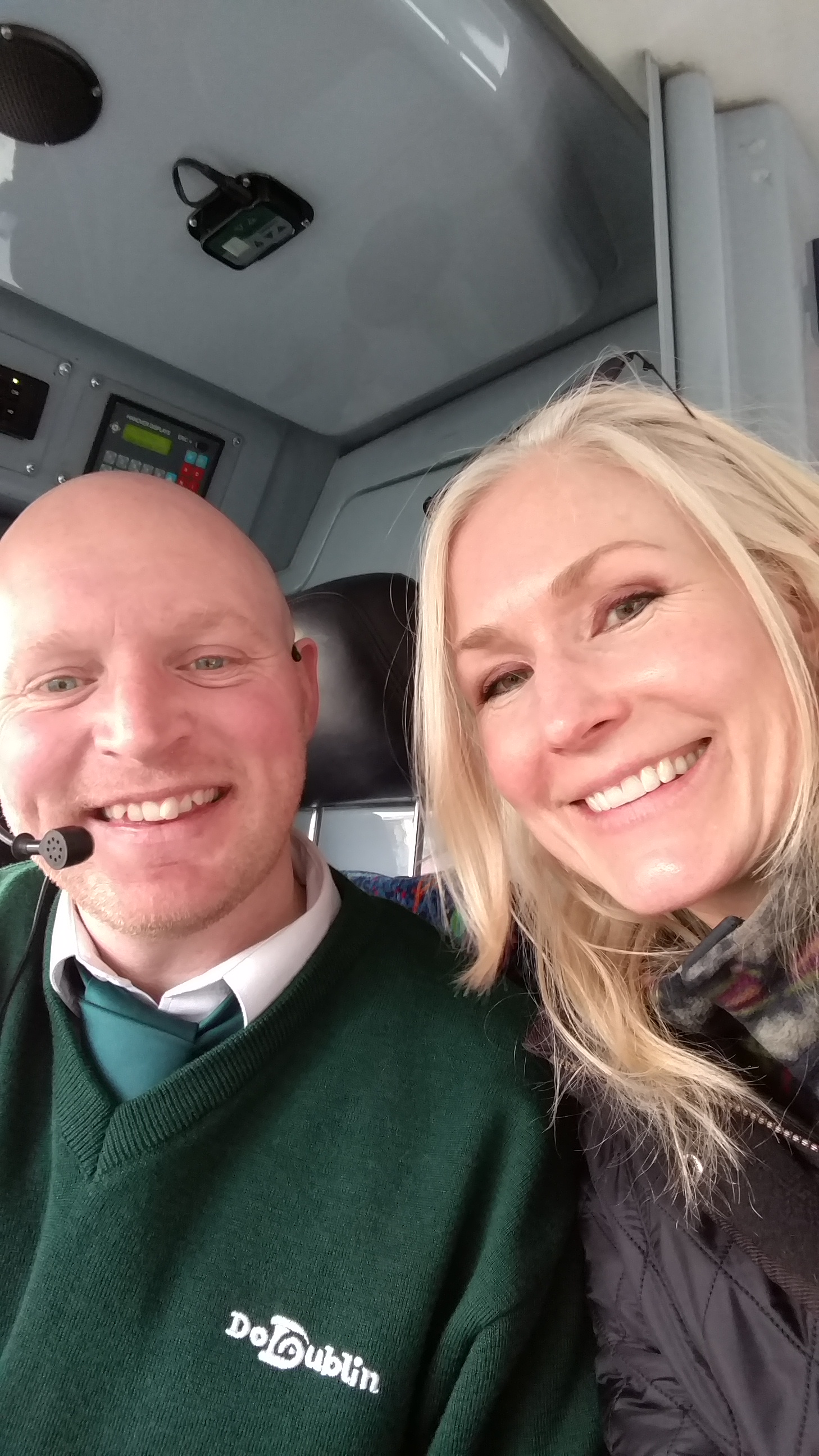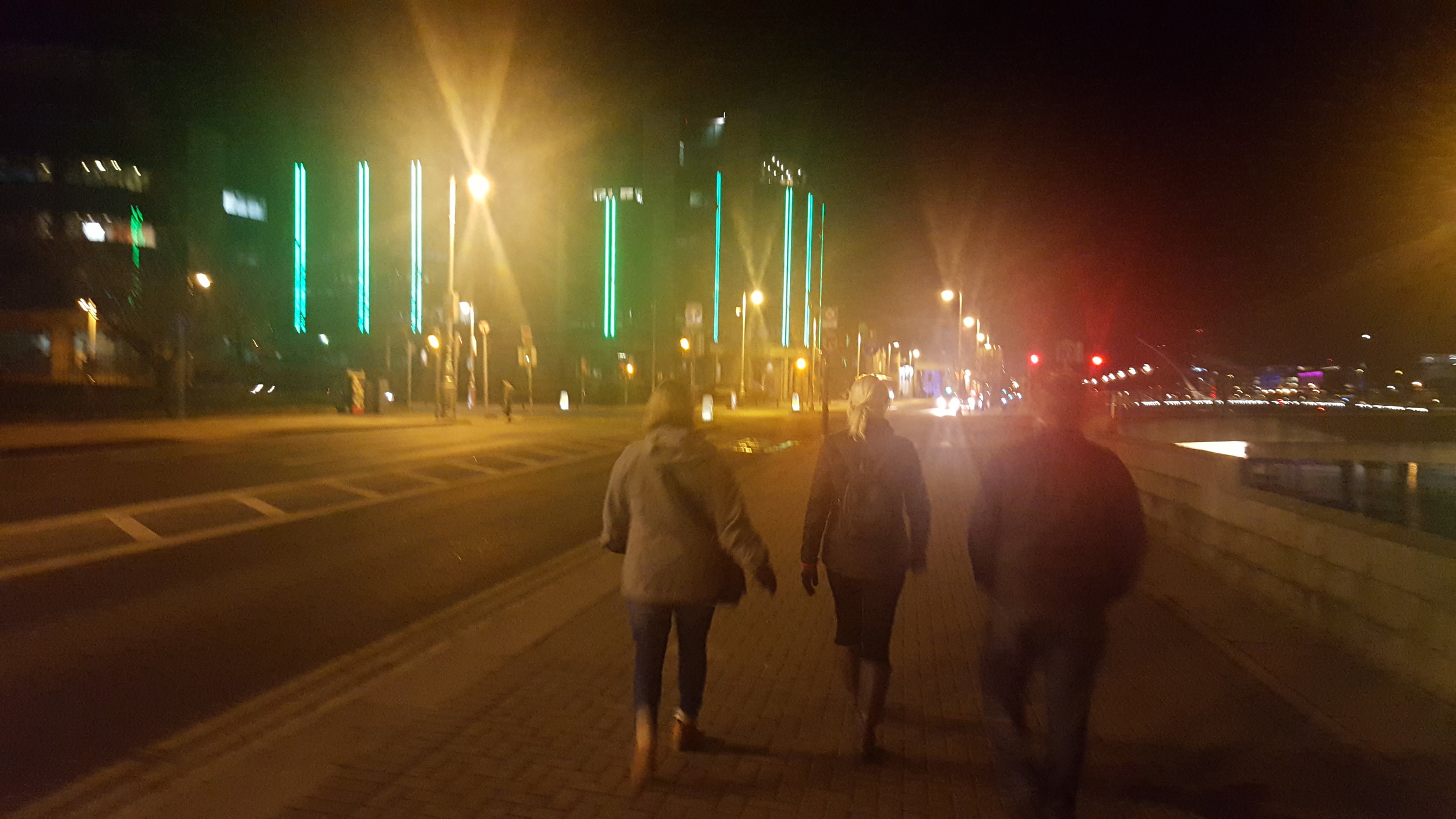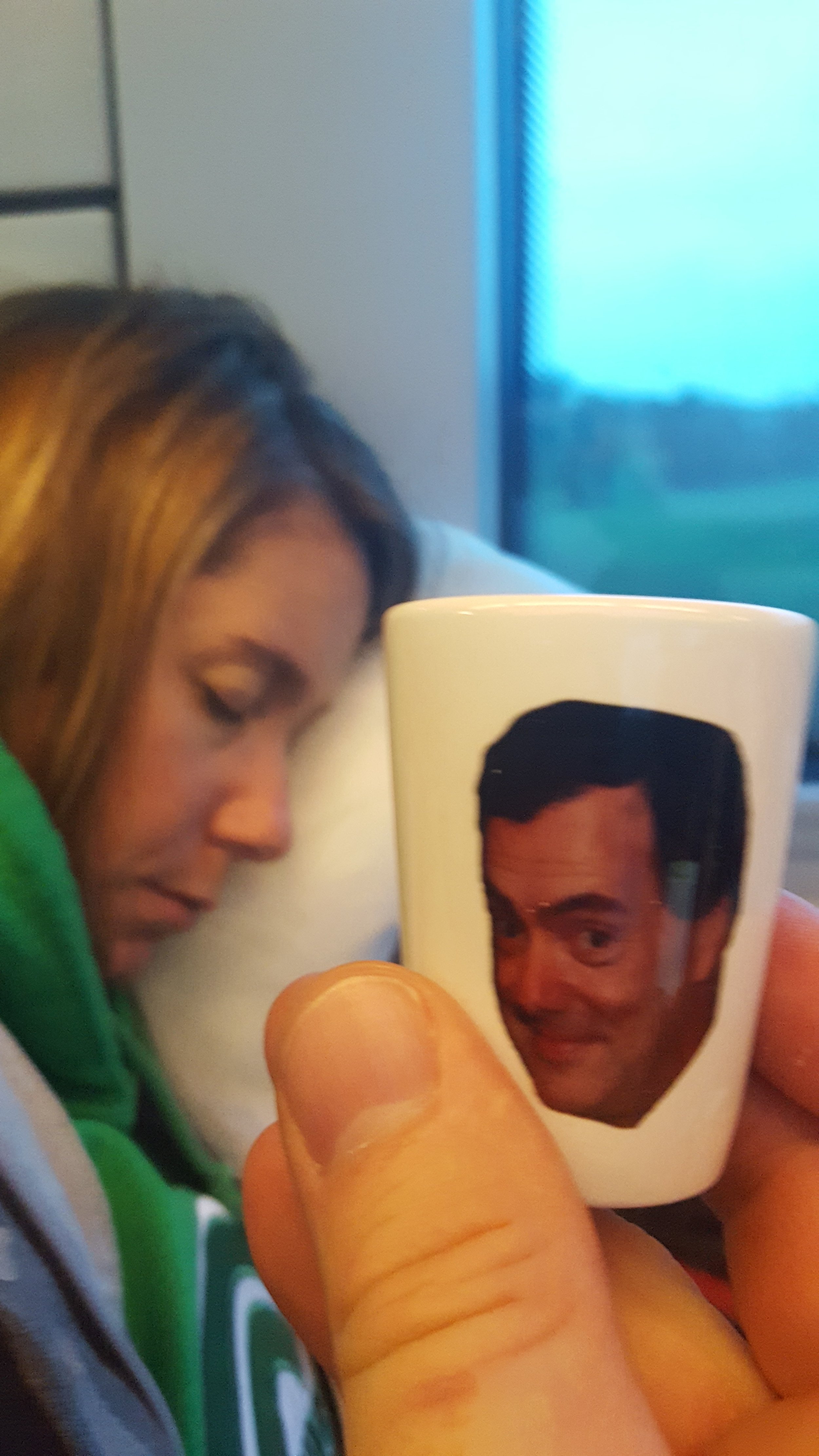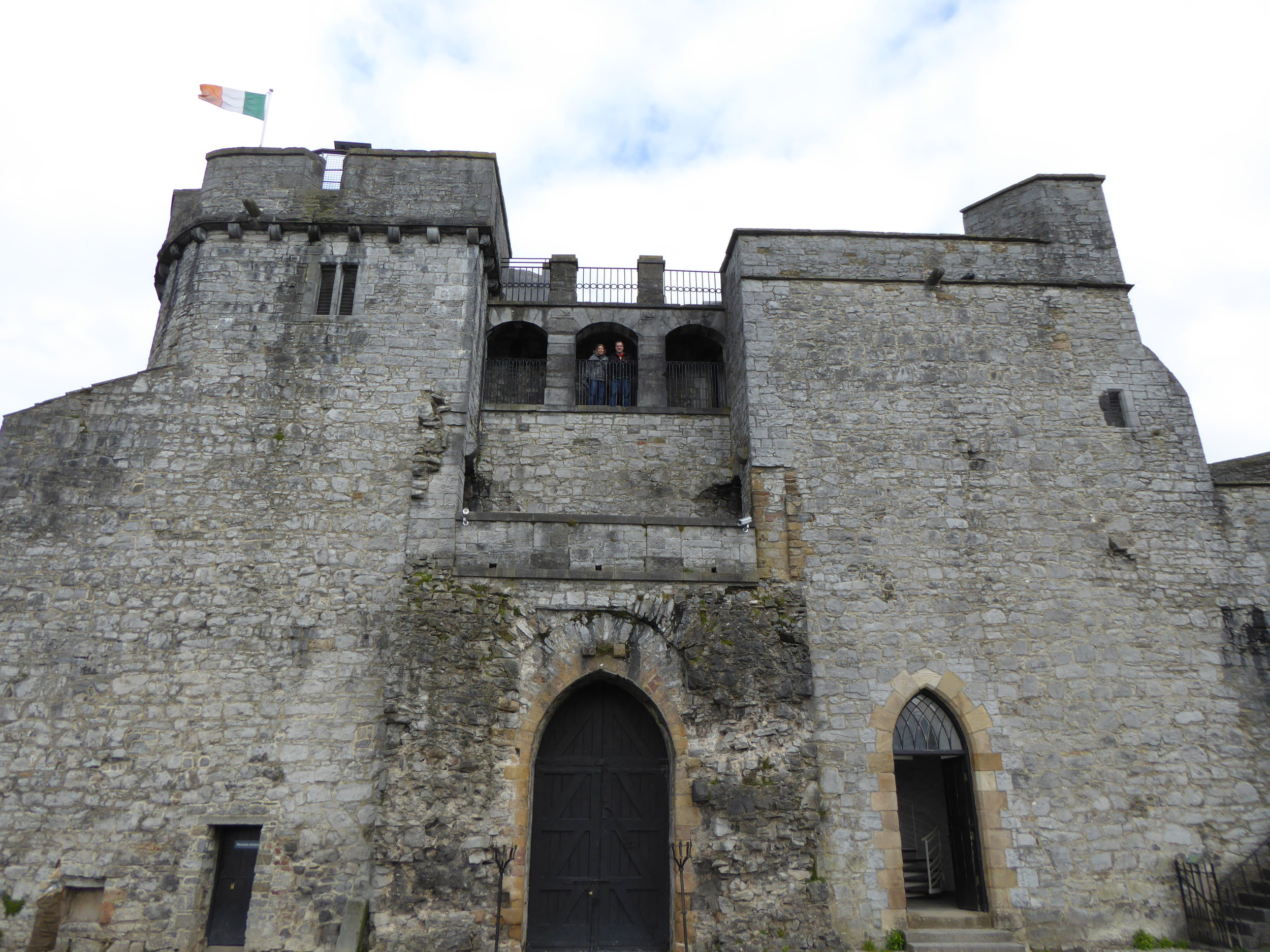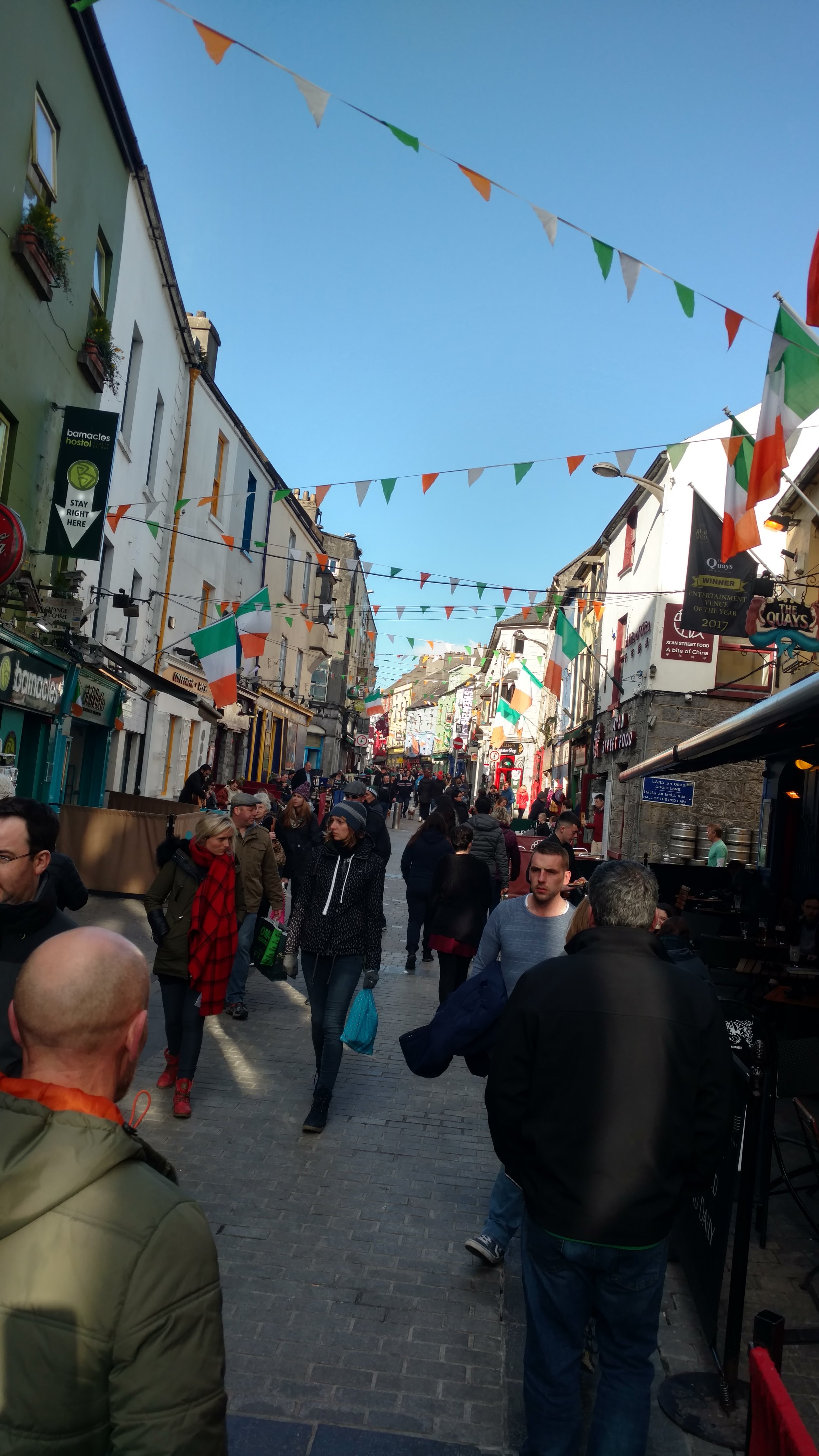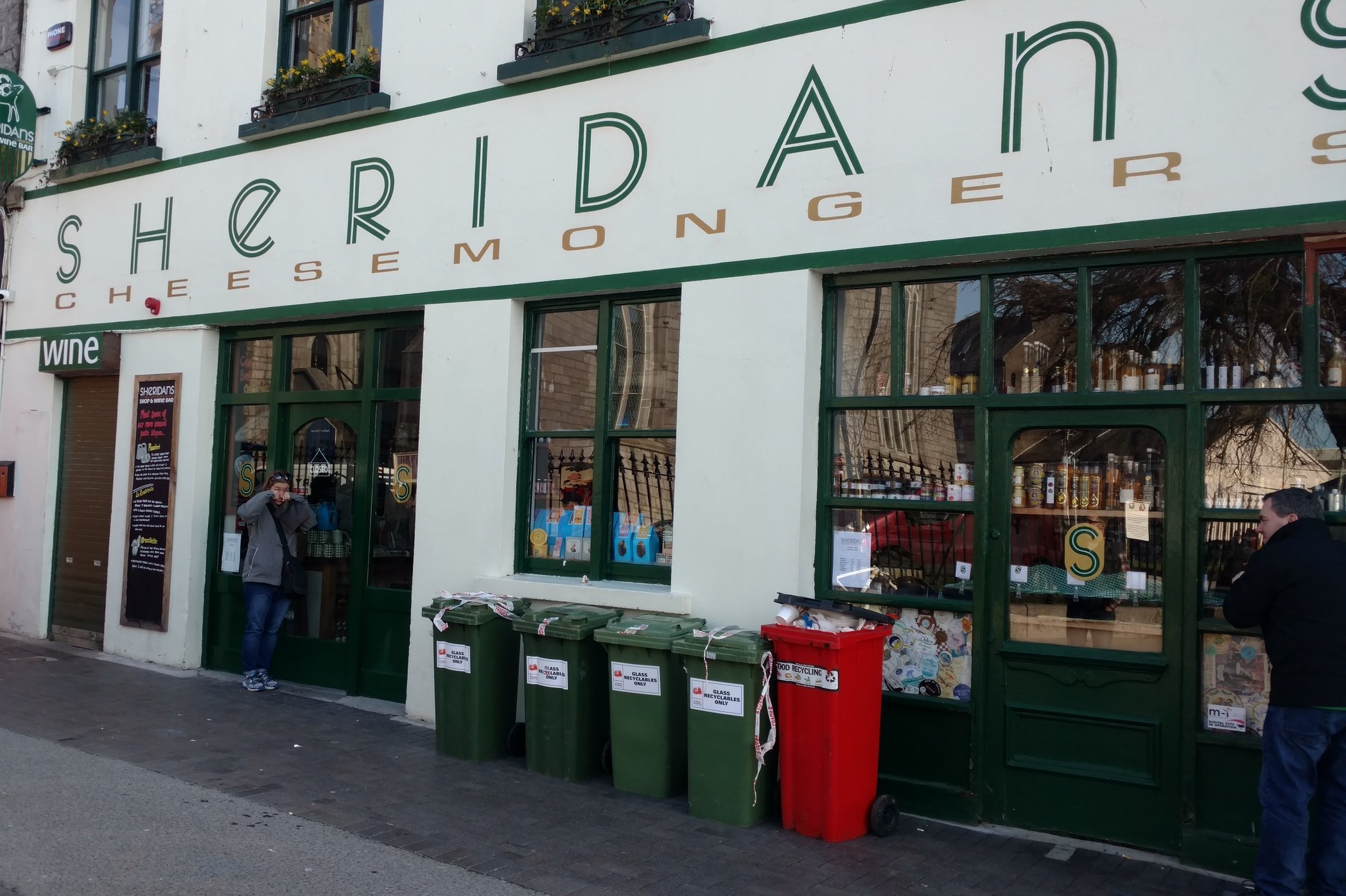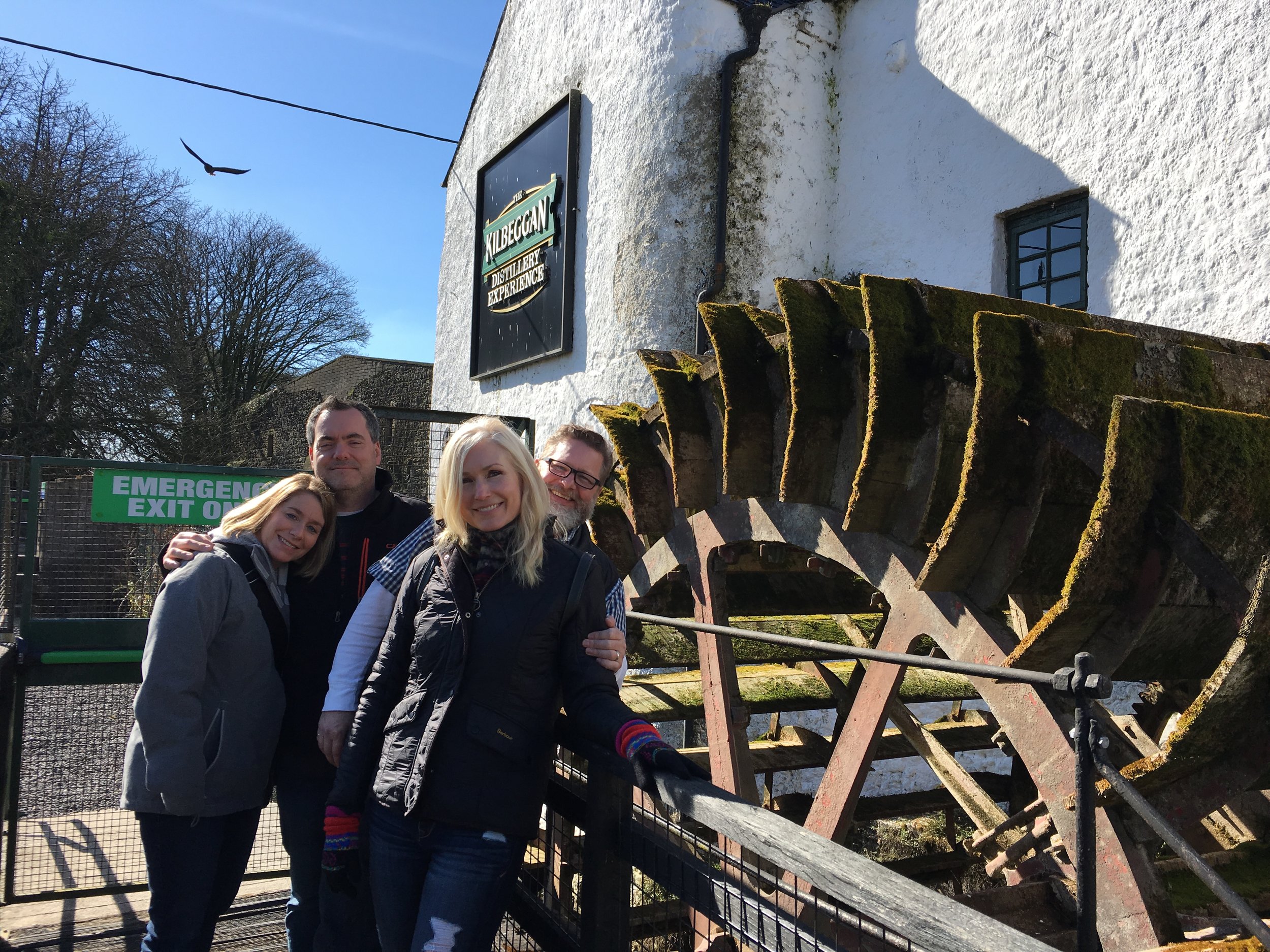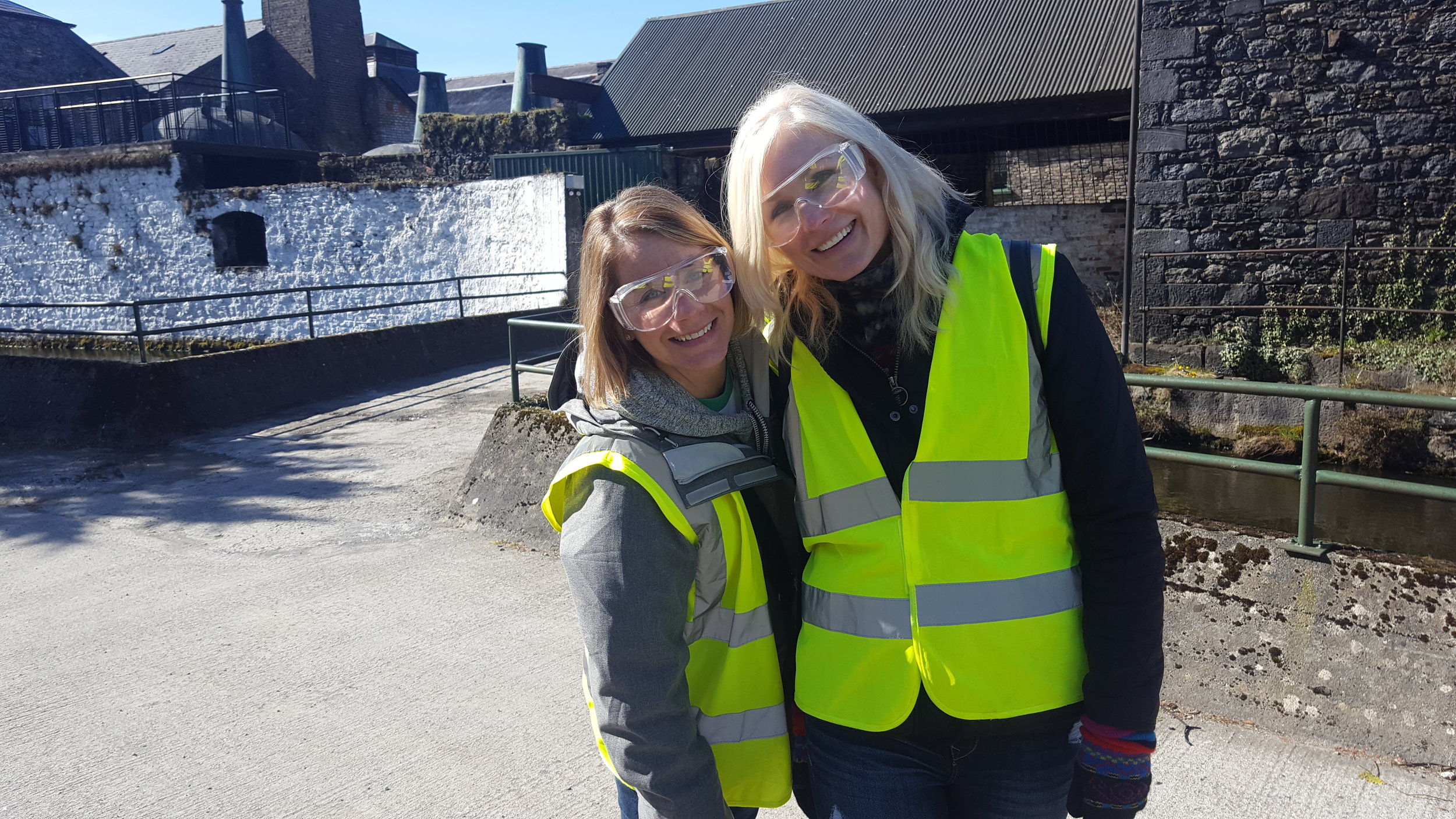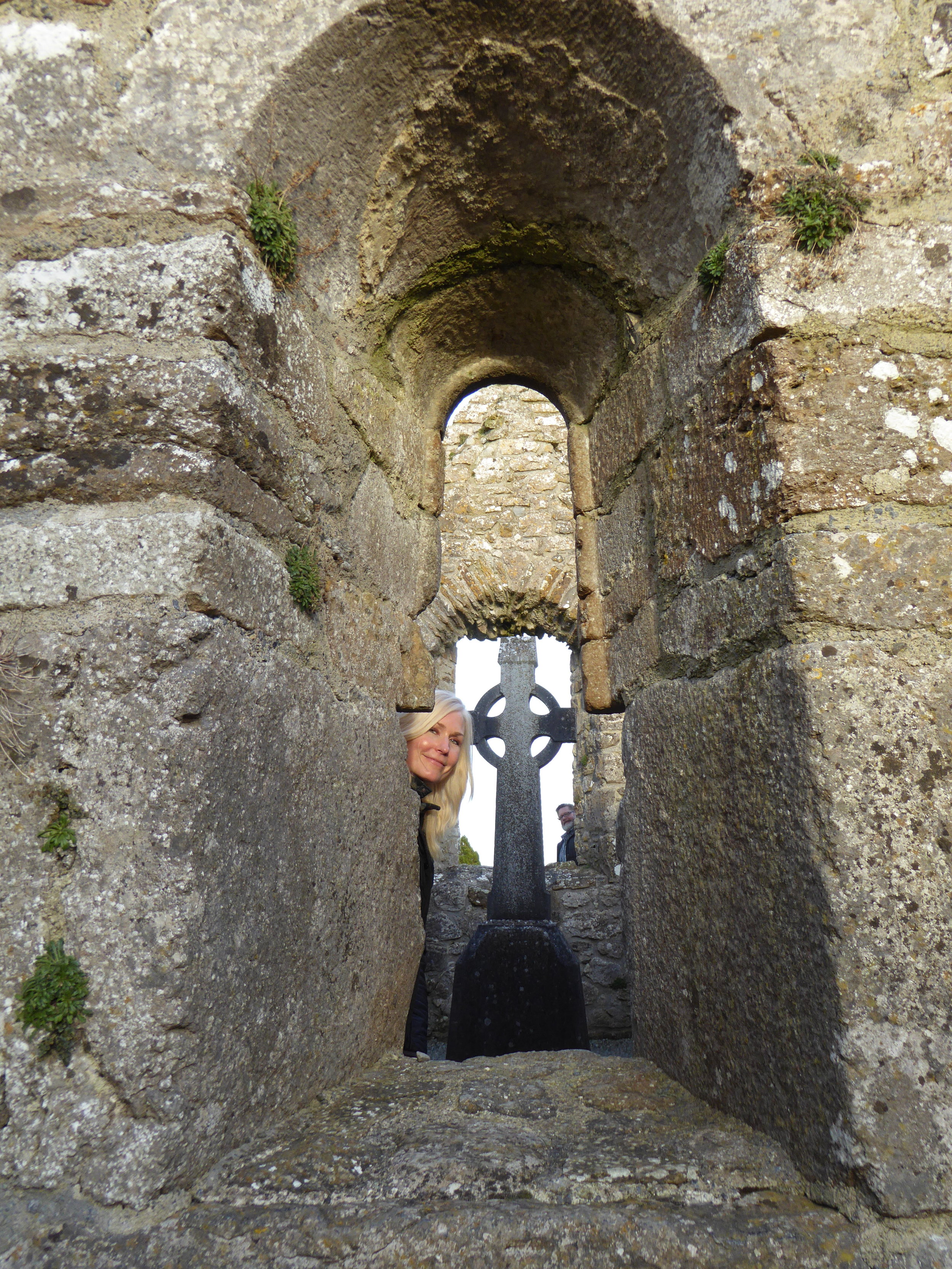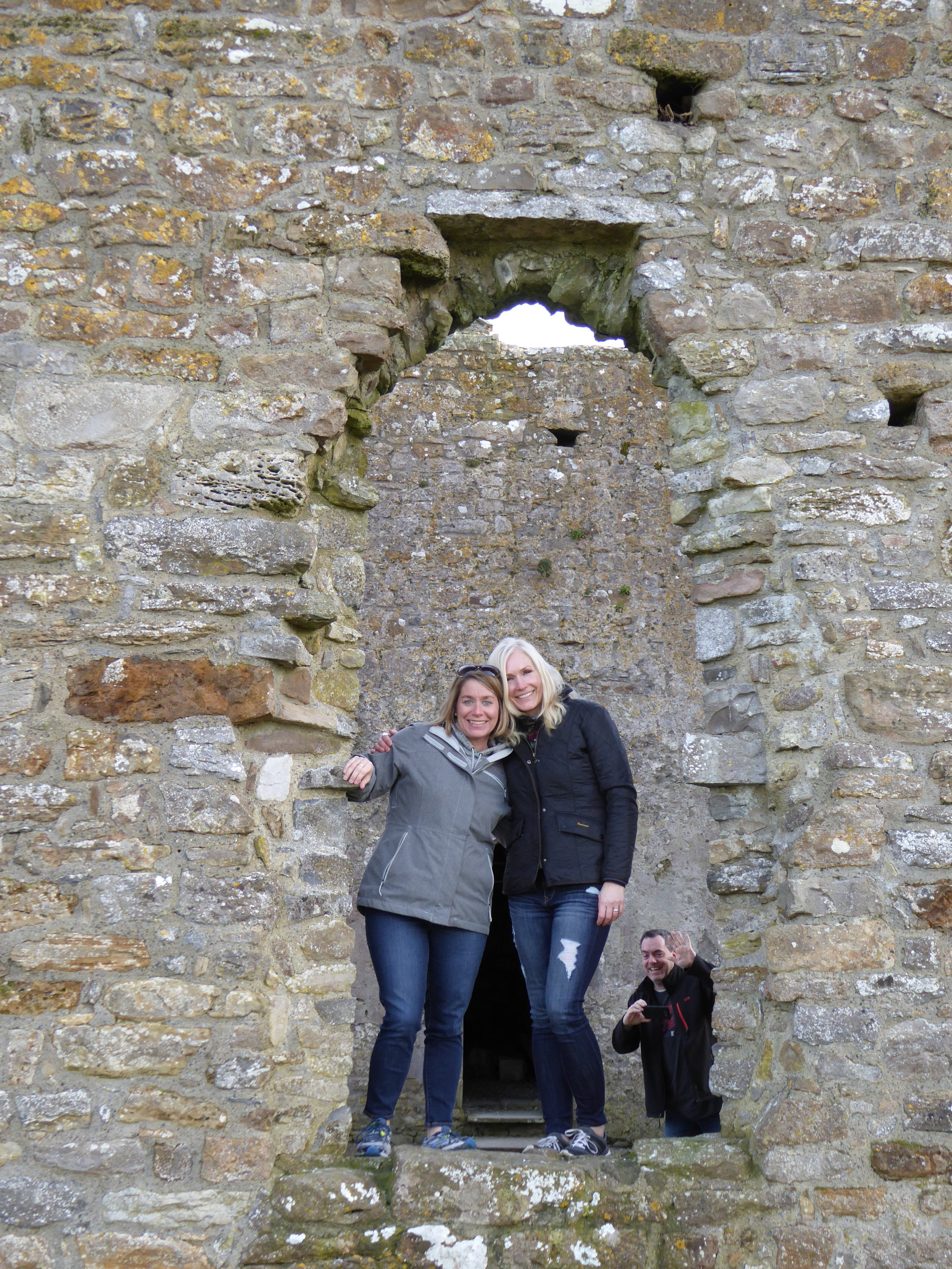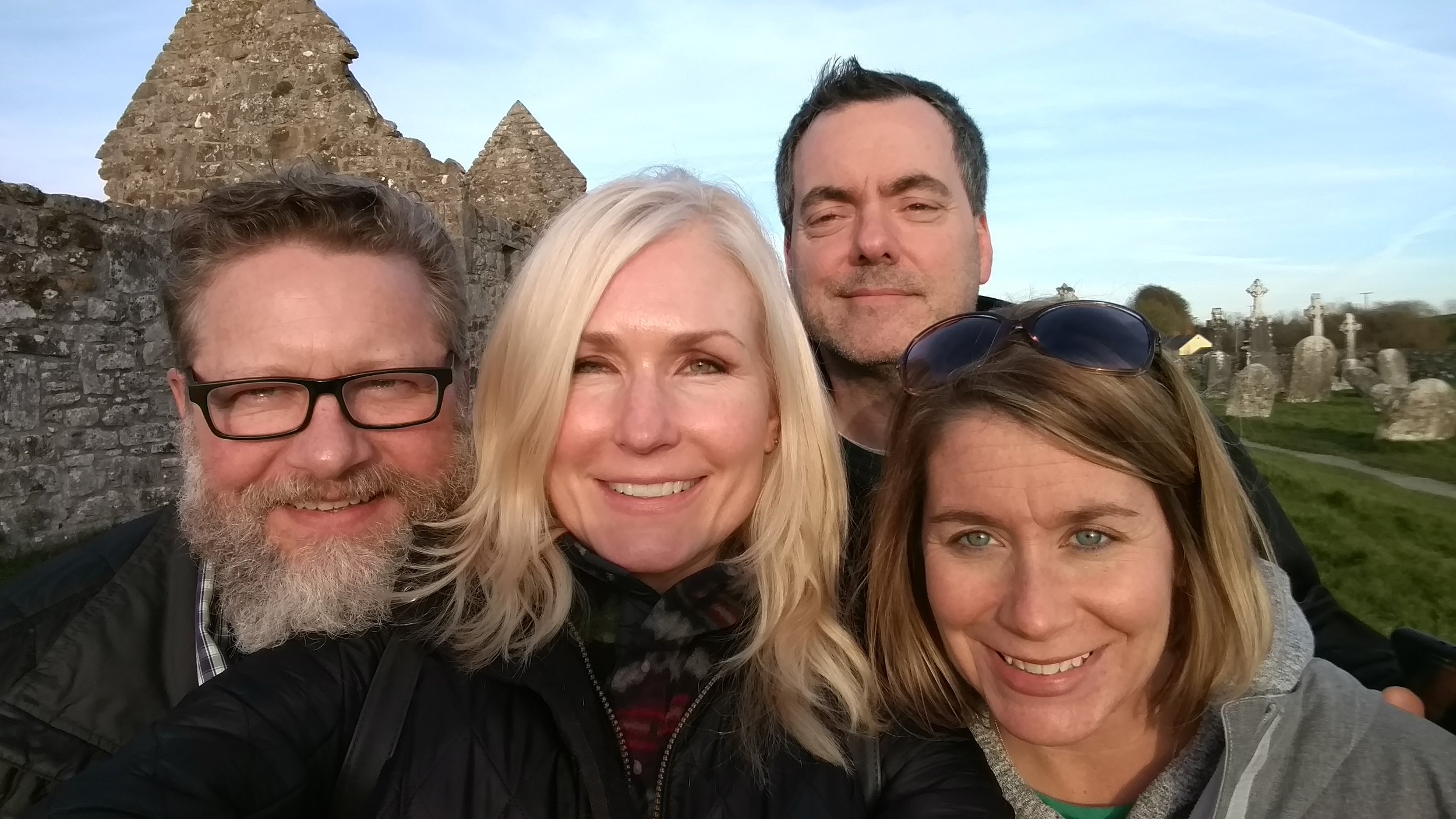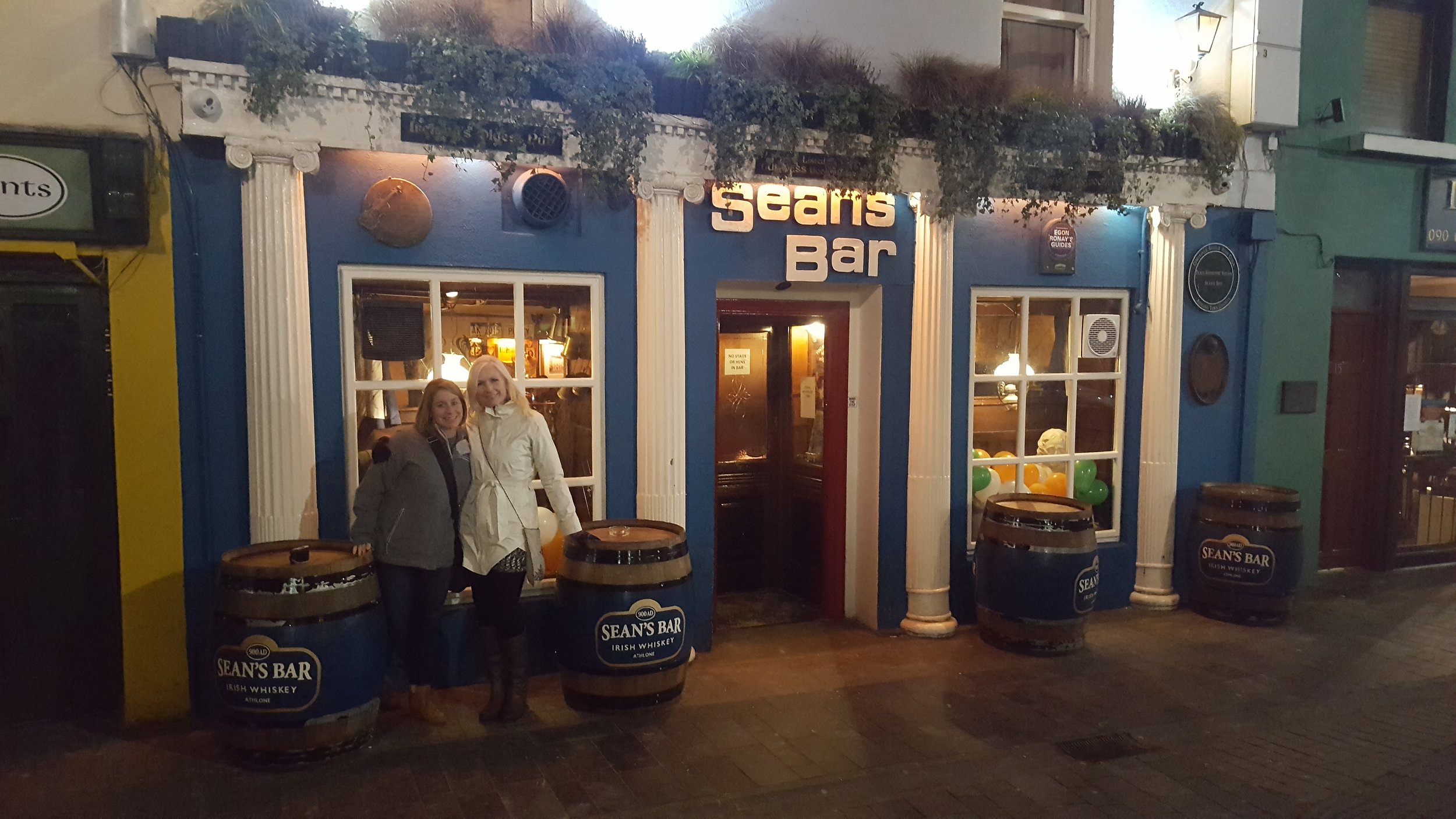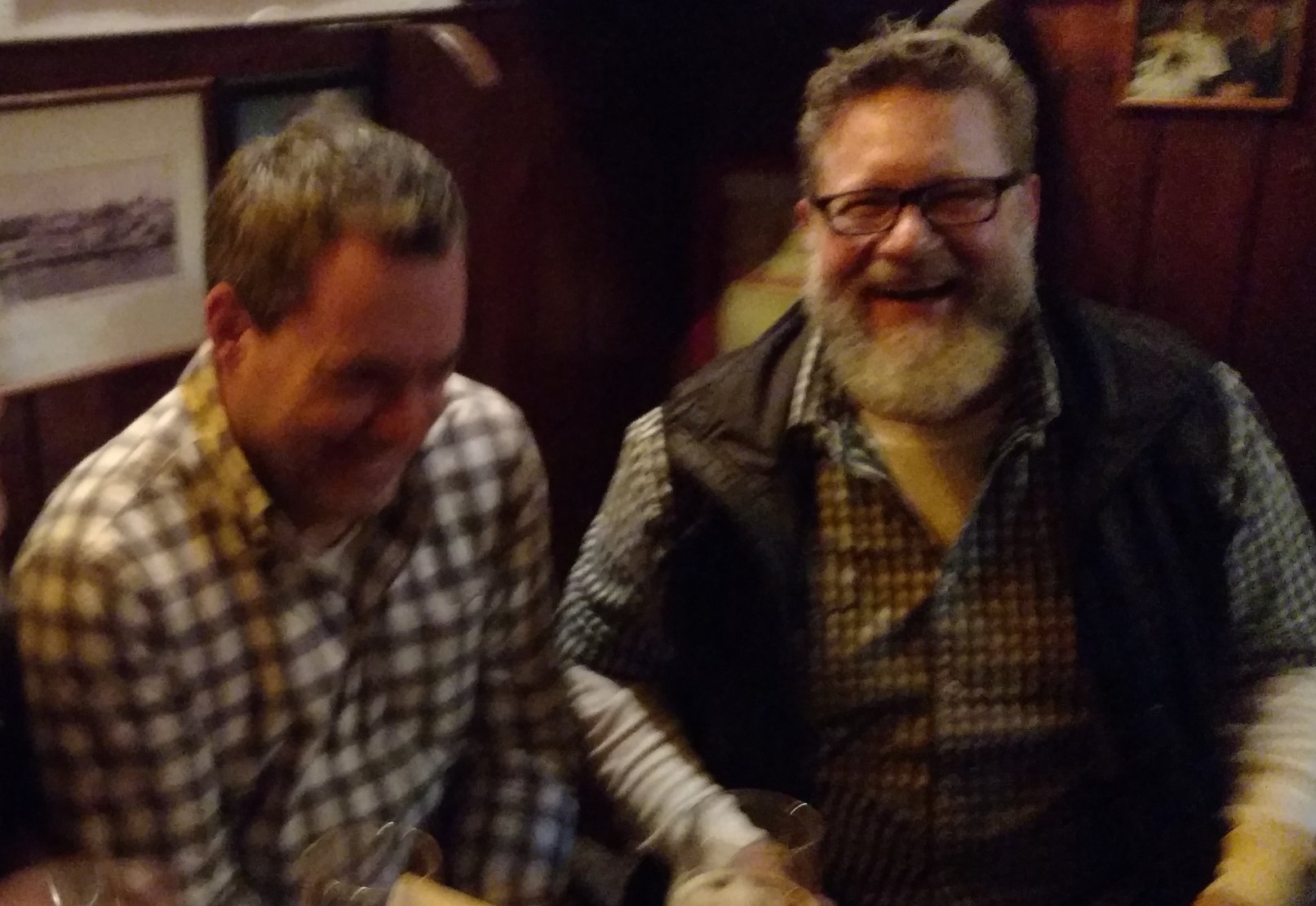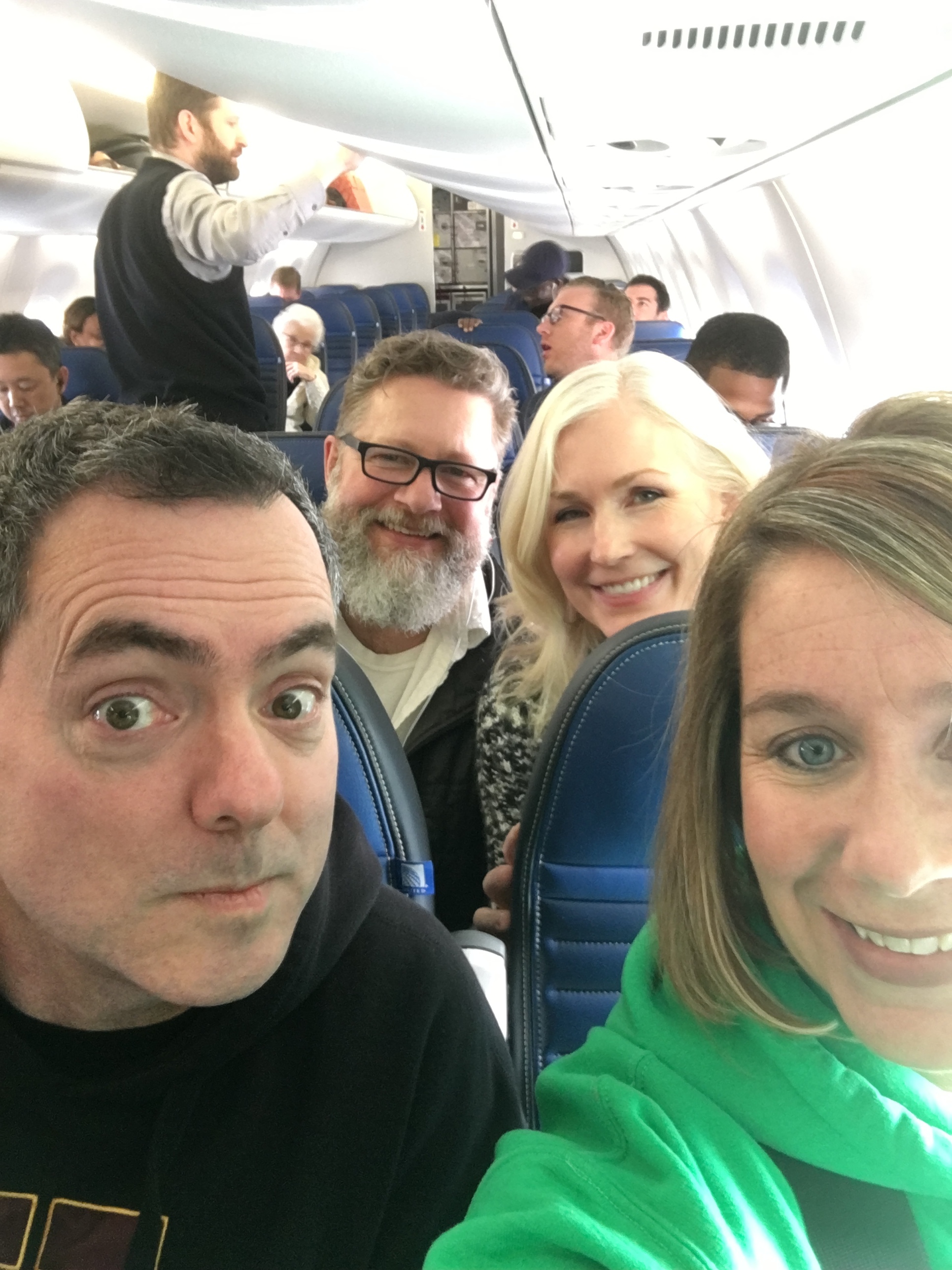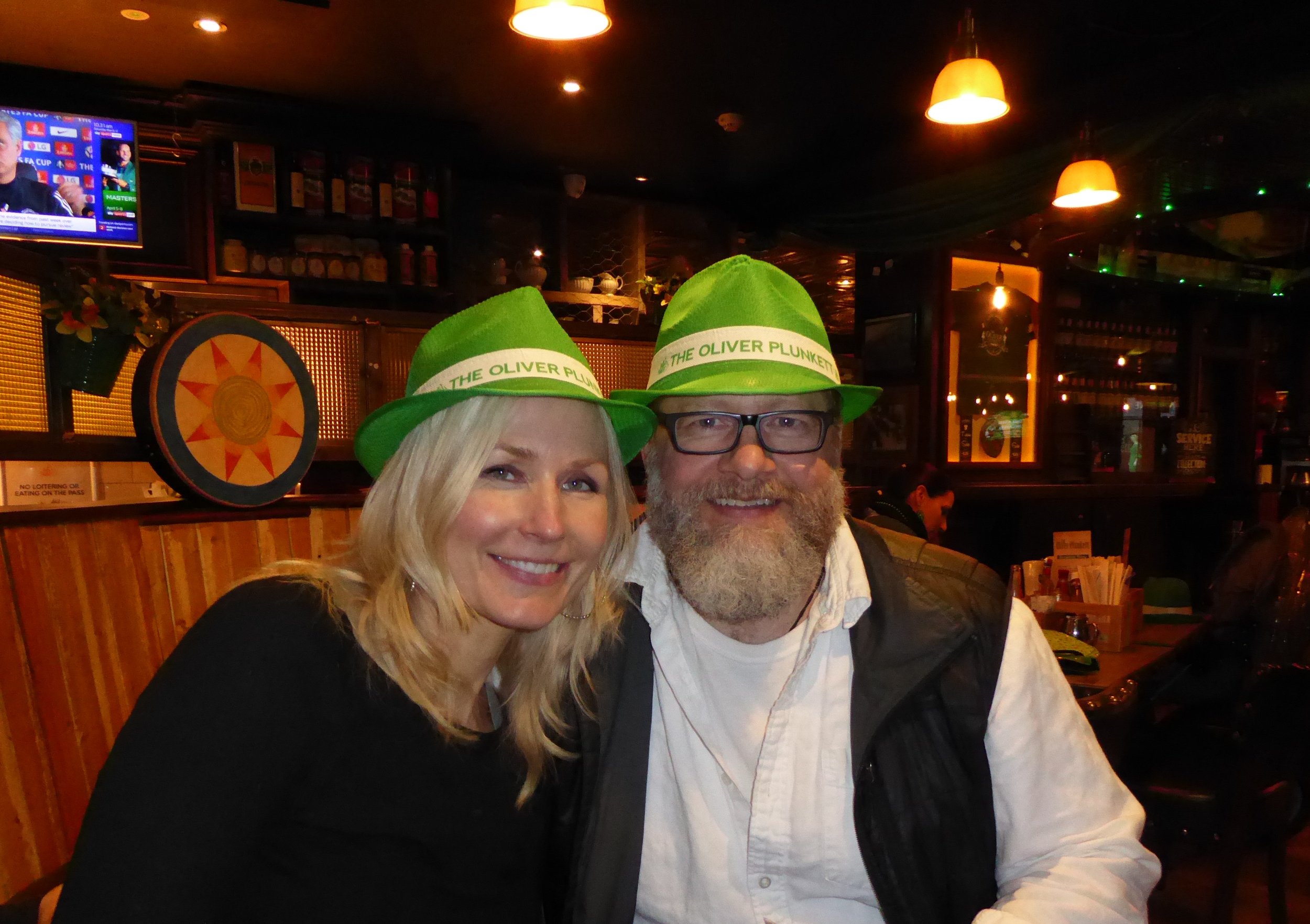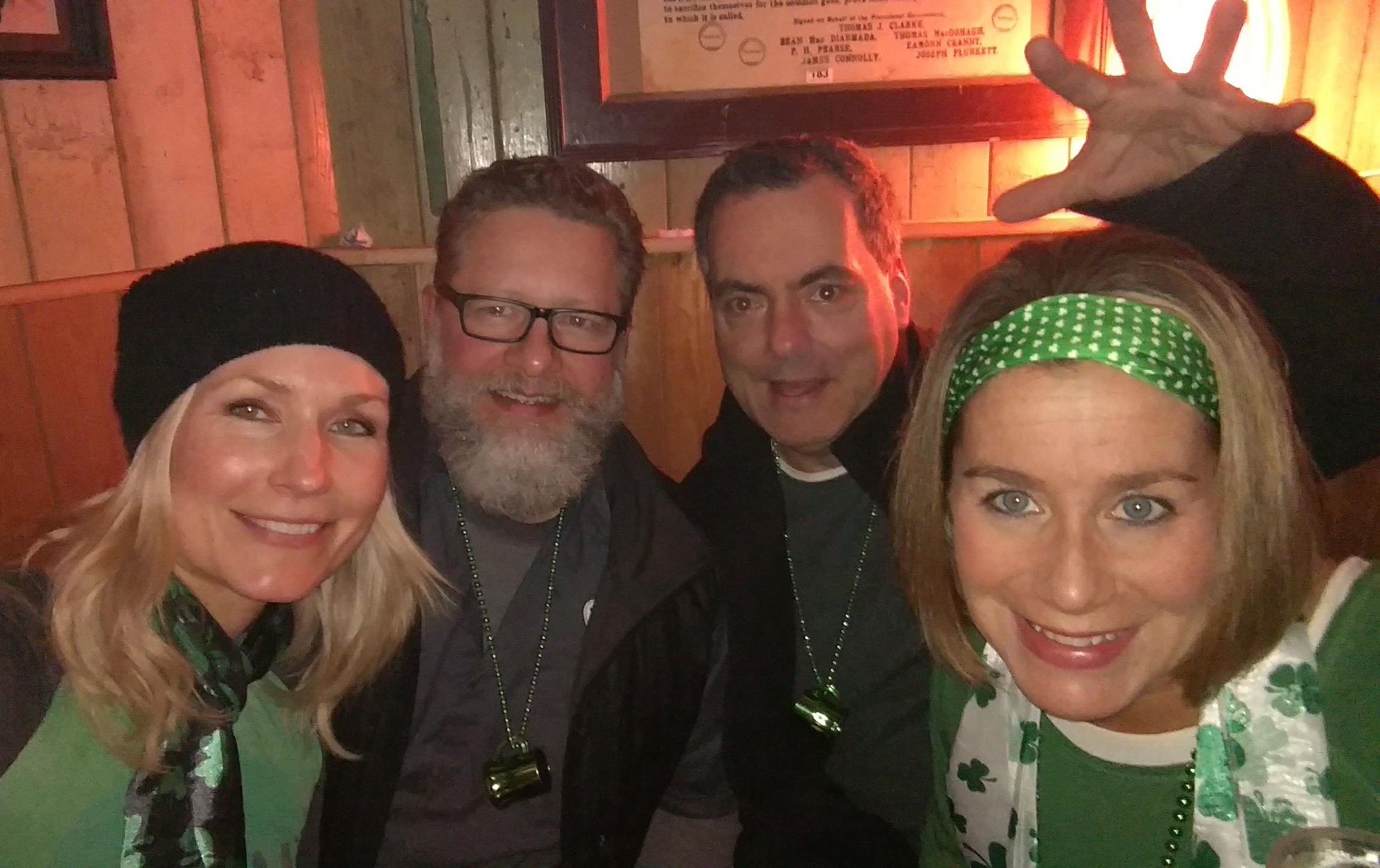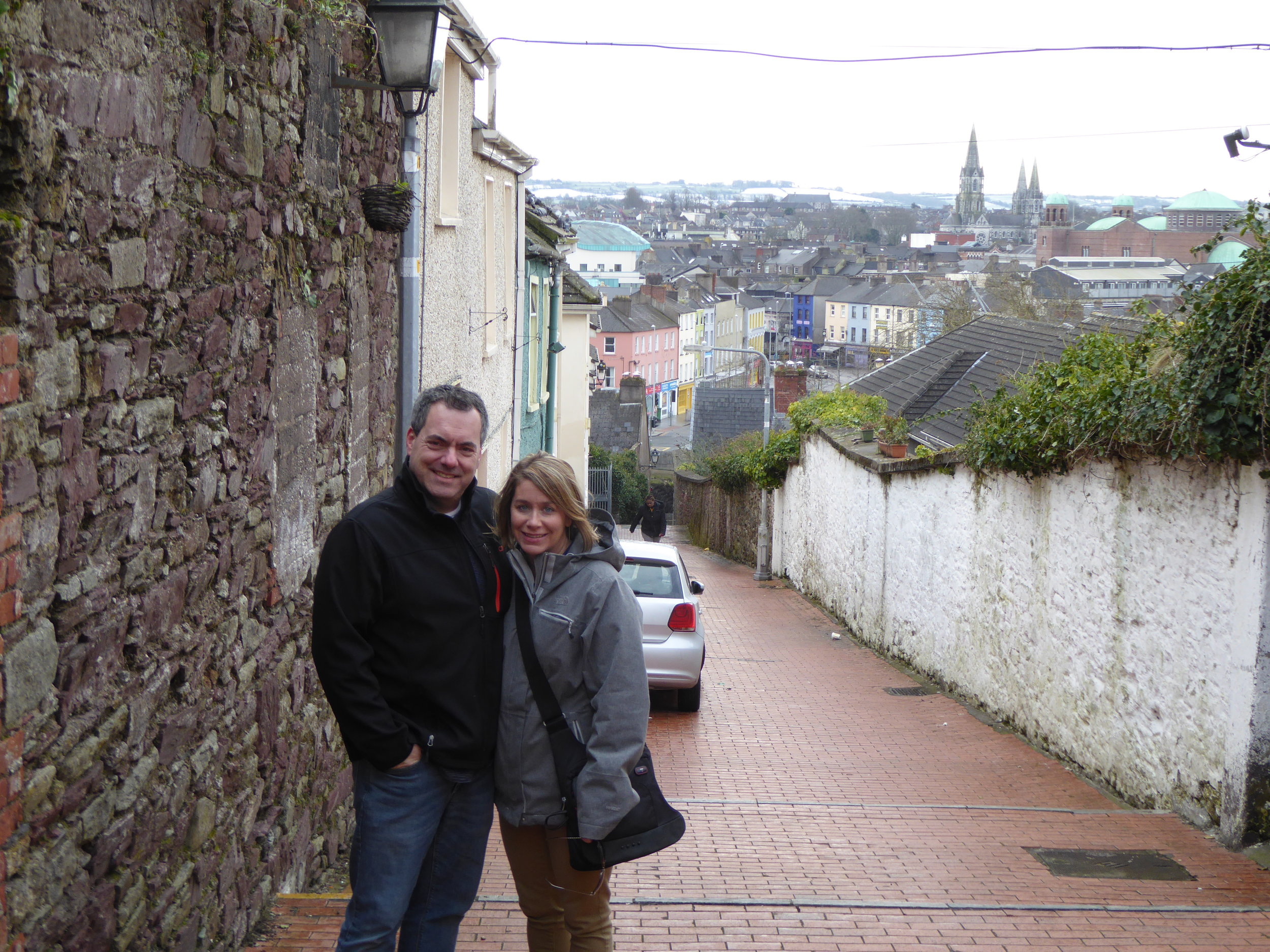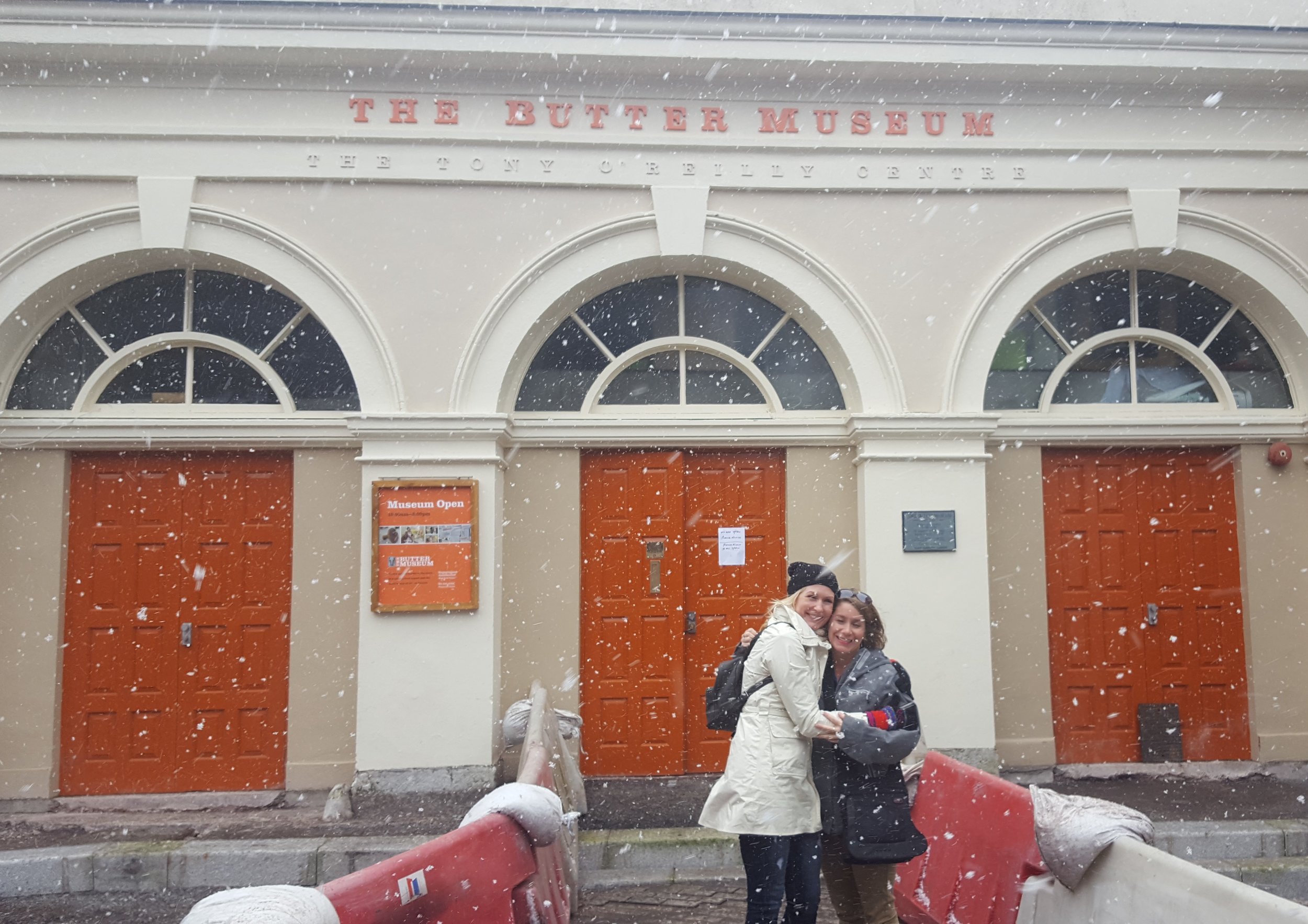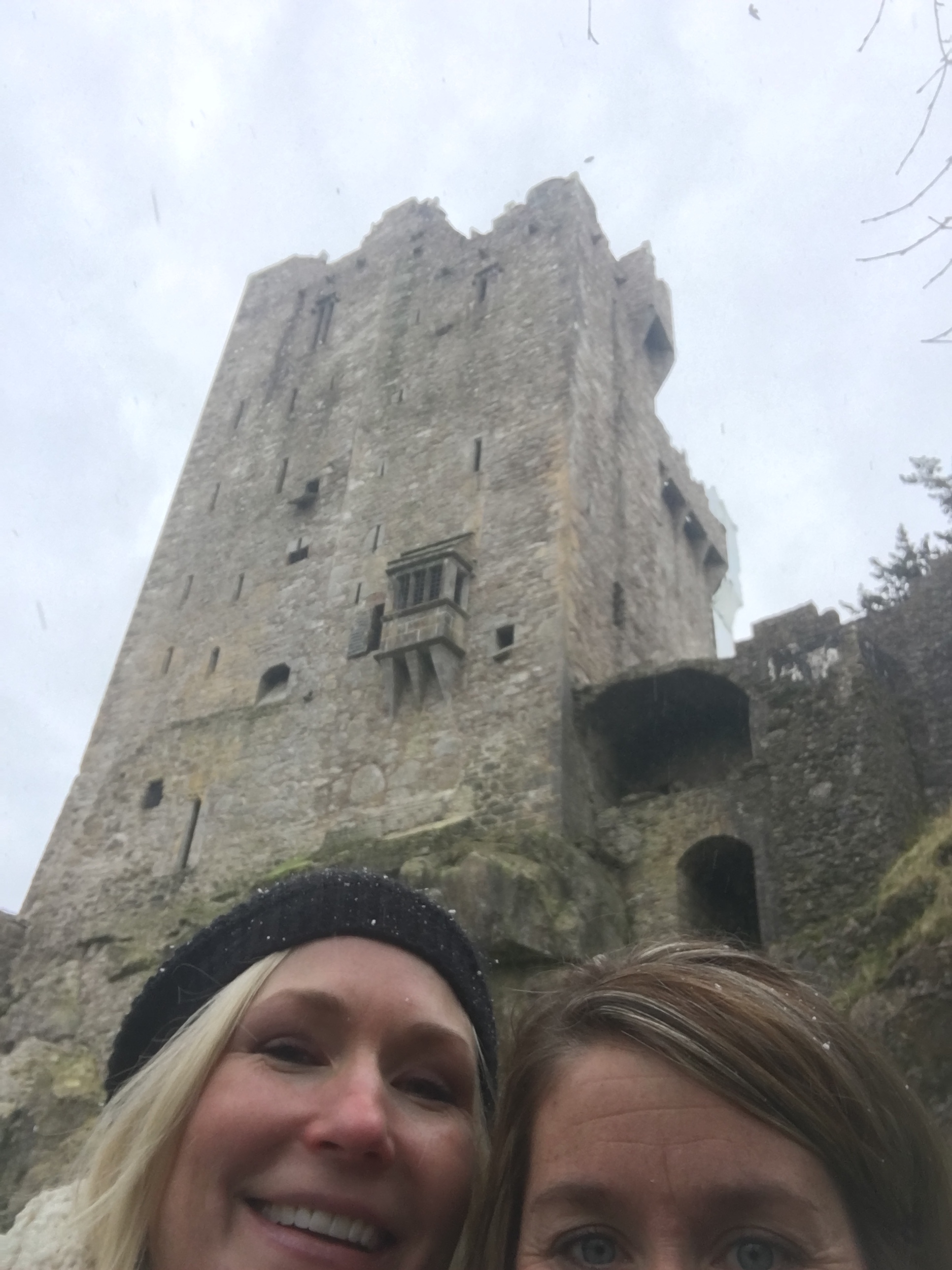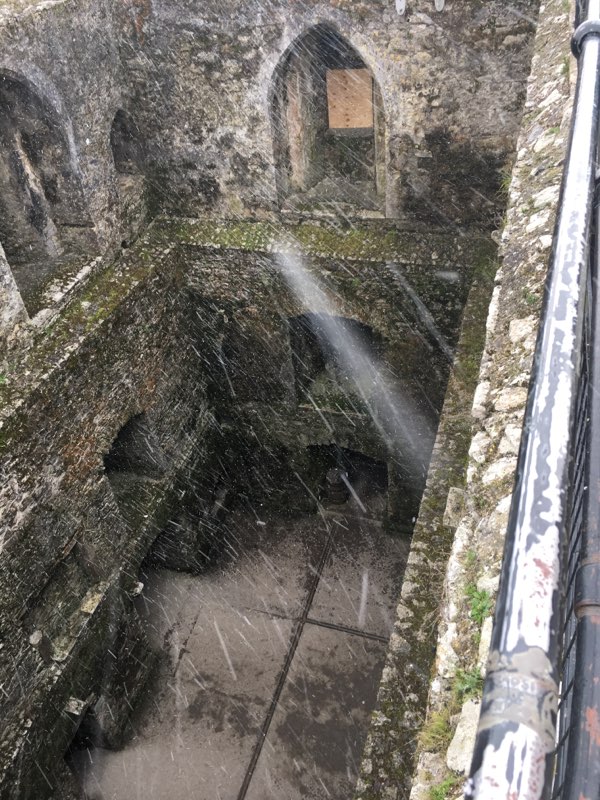Timmy and Trissa, ages five and three.
The kids were numbers sixteen and seventeen in our home placements through Safe Families for Children. We had hosted sibling pairs before, and our own girls were on a long break from school, so the timing was ideal. Two little kids to our three bigger ones? This would be easy. Lots of help, loads of fun.
The new guests burst into our house like unleashed puppies. But unlike puppies, they were potty-trained, so I didn’t have to worry about anyone piddling on the living room rug. Excitement glinted in Timmy’s eyes, and if that sparkle had a sound, I imagined it would make the same ping! as a dazzling smile in a toothpaste commercial. Trissa leveled a gaze at me that seemed to size up my soul—and plans—within a second.
The boy and girl barreled out the back door, because unlike all the babies we had recently hosted, these two could work doorknobs and deadbolts like the house was on fire and they better scram.
“Girls, go,” I said to my three, stabbing a finger toward the back door. “Follow them.”
The girls chased after the visitors who sprinted down the walk toward our back gate. Timmy made it there first, his sister drafting off him like a pro cyclist.
“Me too, Booty,” she hollered. “Me too!”
“Booty” jiggled the latch until it opened. Freed from the yard, the two of them galloped in circles in the alley, flailing their arms and laughing. A breath caught in my chest. We had committed our time to an organization with safe in its name. And we had made a promise that ours was a safe family. What if a car raced through just then?
My girls corralled the pair. And no cars came.
Safely back in the yard, I crouched in front of our houseguests, capturing a hand of each. “That was scary. Cars drive through here too fast, and you could get hurt. You’re not running out there again.”
Timmy nodded, but his eyes said, Yeah, we are.
“No running in the alley. Got it?” I looked back and forth between the two young faces, concocting a plan to slow them down. “I’ve got an idea. Let’s ride some bikes.”
I opened the garage door and dragged out the bike with training wheels and the tricycle. The kids hopped on their rides, and the girls and I steered them toward the double driveway next door, a perfect practice pad our neighbor had let our girls zoom around on when they were learning.
“Booty, watch me,” Trissa called out. “Watch me!”
The following days with Timmy and Trissa were a blur of running legs and closed ears. A buzz of snack requests and activity changes. A flurry of me snap-pointing at doors while barking commands at my girls.
“You,” I said, because a houseguest breaking loose made me forget the names of my offspring. “Trissa ran out the front door. Go watch her.” I turned on my heel to face another girl of mine. “And you. Timmy just took off out back. Go.”
A day or two later, we drove to the park because I needed some respite from door watching. I released our escape artists and the girls to the freedom of play and dropped onto a nearby bench. A handful of older neighborhood kids scrambled on and around the equipment, and our littles were no longer larger than life. Instead, I saw two small children, now navigating a world where they seemed cautious, even hesitant.
The girls guided them onto swings and bars. Timmy and Trissa stuck close. Some of the park kids edged nearer to my group. A verbal exchange, then they hooted over something funny about our little guests. Dicka, our youngest, scowled at them. I stood up and sauntered over.
“That’s only her name for him,” Dicka said to the laughing ones. “You can’t call him Booty.”
The other kids backed off, new distractions at the park tugging them away. All the freedom Timmy and Trissa could want stretched in front of them, but this time neither bolted. They played in one area, and when they were done, they clutched onto my girls’ hands, all smiles.
Our little runners weren’t running anymore.
*Miss an installment of the blog? Or want to catch the story from the beginning? Visit http://www.tamarajorell.com/blog-entries-by-date
*Names in this blog have been changed to protect my family, neighbors, and friends in the neighborhood, and in a nod of appreciation to the beloved Swedish author Maj Lindman, I’ve renamed my three blondies Flicka, Ricka, and Dicka.

